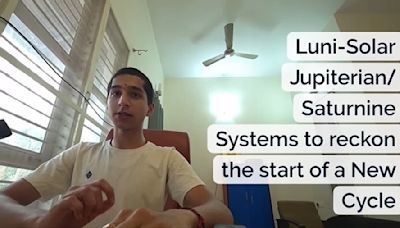搜尋結果
Zashiki-warashi (座敷童子, or 座敷童, "parlor child"), sometimes also called zashiki bokko (座敷ぼっこ, "parlor boyo"), are spirit-like beings told about mostly in the Iwate Prefecture. They are said to be yokai that live in parlors or storage rooms, and that perform pranks, and that people who see one would be visited with good fortune.
Ganesha (Sanskrit: गणेश, IAST: Gaṇeśa), also spelled Ganesh, and also known as Ganapati, Vinayaka, Lambodara and Pillaiyar, is one of the best-known and most worshipped deities in the Hindu pantheon[4] and is the Supreme God in the Ganapatya sect. His depictions are found throughout India.[5] Hindu denominations worship him ...
- Kartikeya (brother)
Hinduism as it is commonly known can be subdivided into a number of major currents. Of the historical division into six darsanas (philosophies), two schools, Vedanta and Yoga, are currently the most prominent. The six āstika schools of Hindu philosophy, which recognise the authority of the Vedas are: Sānkhya, Yoga, Nyāya, Vaisheshika, Mimāmsā, and Vedānta.
Religion in India is characterised by a diversity of religious beliefs and practices. Throughout India's history, religion has been an important part of the country's culture and the Indian subcontinent is the birthplace of four of the world's major religions, namely, Buddhism, Hinduism, Jainism, and Sikhism, which are collectively known as native Indian religions or Dharmic religions and ...
Kali (/ˈkɑːliː/; Sanskrit: काली, IAST: Kālī) or Kalika is a major Hindu goddess associated with time, change, creation, power, destruction and death in Shaktism.[1] Kali is the first of the ten Mahavidyas in the Hindu tantric tradition.[2] Kali's earliest appearance is when she emerged from Durga. The goddess is stated to destroy ...
Shiva (/ ˈ ʃ ɪ v ə /; Sanskrit: श व, lit. 'The Auspicious One', IAST: Śiva), also known as Mahadeva (/ m ə ˈ h ɑː ˈ d eɪ v ə /; Sanskrit: मह द व:, lit. 'The Great God', IAST: Mahādevaḥ, [mɐɦaːd eːʋɐh) or Hara, is one of the principal deities of Hinduism. He is the Supreme Being in Shaivism, one of the major traditions within Hinduism.
Part of a series on the History of India Timeline Prehistoric Madrasian culture Soanian, c. 500,000 BCE Neolithic, c. 7600 – c. 1000 BCE Bhirrana 7570 – 6200 BCE Jhusi 7106 BCE Lahuradewa 7000 BCE Mehrgarh 7000 – 2600 BCE South Indian Neolithic 3000 – 1000 BCE Ancient Indus Valley civilization, c. 3300 – c. 1700 BCE Post Indus Valley ...








